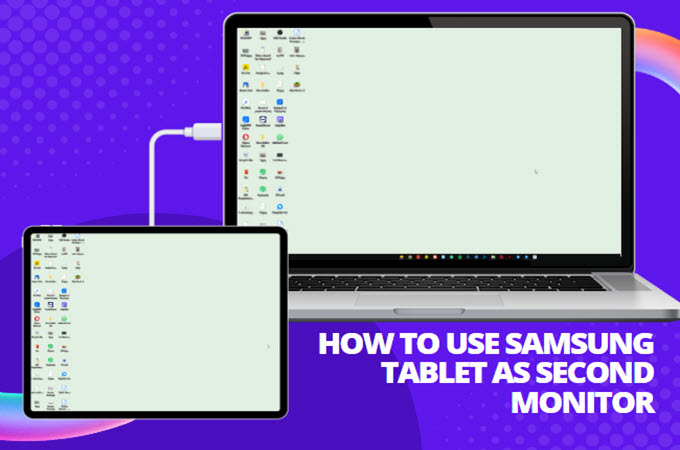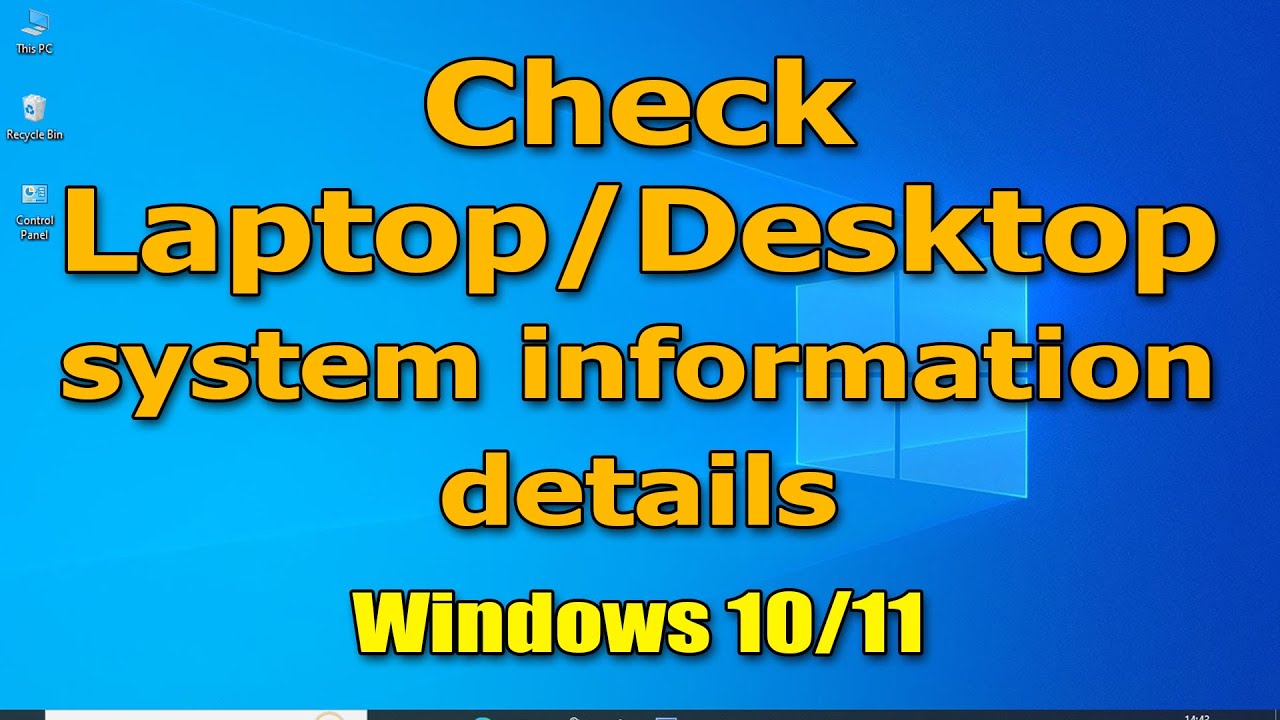Are you experiencing flickering on your screen, a choppy internet connection, or other strange hardware issues? The culprit might be outdated drivers. Drivers are essential pieces of software that allow Windows to communicate with the hardware components in your PC, like your graphics card, printer, and Wi-Fi adapter. Keeping them updated can fix bugs, improve performance, and even patch security holes.
However, the world of driver updates can be confusing. This guide will walk you through the safest and most effective ways to update outdated drivers in Windows, from the easiest automatic methods to the more precise manual approach. I’ve been through this process countless times, and I’ve learned that taking the right approach is key to avoiding problems.
First, a Key Principle: If It Isn’t Broken, Don’t Fix It
Before you start, it’s important to understand this: you do not need to obsessively update every single driver on your system. For most components, the drivers provided by Windows are perfectly fine and stable. The “if it ain’t broke, don’t fix it” rule generally applies.
The major exception to this rule is for your graphics drivers (from NVIDIA, AMD, or Intel). Gamers and creative professionals especially will benefit from keeping these updated to ensure the best performance and compatibility with new games and applications.
With that in mind, here is how to properly update your drivers.
Method 1: The Safest and Easiest Way – Windows Update
For most users, this is the only method you will ever need. Microsoft tests and certifies drivers delivered through Windows Update, making it the most reliable source for most hardware.
Step 1: Open Windows Update
- Click on the Start Menu, go to Settings (the gear icon), and select Update & Security (on Windows 10) or Windows Update (on Windows 11).
- Click Check for updates. Windows will automatically download and install any critical updates, which may include drivers.
Step 2: Check for Optional Updates
This is where many important but non-critical driver updates hide. I’ve often found that a specific hardware issue was solved by a driver waiting in this very section.
- On the Windows Update screen, look for a link that says View optional updates or Advanced options > Optional updates.
- Click on it, and then expand the Driver updates section.
- If you see drivers listed for components you’re having issues with, check the box next to them and click Download & install.
If there are no driver updates listed here, Windows believes your current drivers are the best fit for your system. For most components, you can stop here.
Method 2: The Manual Method (Best for Graphics Drivers)
For core components like your graphics card or for when a specific problem isn’t fixed by Windows Update, going directly to the source is the best approach.
Step 1: Identify Your Hardware
You need to know exactly what component you’re updating. The easiest way to do this is with the Device Manager.
- Right-click on the Start Menu and select Device Manager from the list.
- In the Device Manager window, expand the category for the hardware you want to update. For a graphics card, for example, expand Display adapters.
- Note down the exact name of the device (e.g., “NVIDIA GeForce RTX 4070” or “Intel Wi-Fi 6 AX201”).
Step 2: Visit the Manufacturer’s Website
Do not use a third-party website to download drivers. Go directly to the official source.
- For Graphics Drivers:
- NVIDIA
- AMD
- Intel
- For Other Components (Wi-Fi, Audio, etc.): Go to the support website for your laptop or motherboard manufacturer (e.g., Dell, HP, ASUS, MSI). They provide drivers specifically tested for your system.
Step 3: Download and Install the Driver
- On the support website, navigate to the drivers or downloads section. Use the device name you noted down to find the latest correct driver for your version of Windows.
- Download the installer (it’s usually a .exe file).
- Double-click the downloaded file and follow the on-screen instructions to install the driver. Your screen may flicker or go black for a moment during a graphics driver installation—this is normal.
- Restart your computer after the installation is complete to ensure the driver is loaded correctly.
Method 3: Using Device Manager to Update
You can also prompt Windows to search for a new driver directly from the Device Manager.
- Open Device Manager as described before.
- Right-click on the hardware you want to update and select Update driver.
- You will be given two options:
- Search automatically for drivers: This does a similar job to Windows Update. It’s quick but may not find the absolute newest driver.
- Browse my computer for drivers: Use this option if you have already downloaded the driver files from the manufacturer’s website (as in Method 2) but need to install them manually.
A Word of Warning: Third-Party Driver Updater Software
You will see many ads for programs that promise to update outdated drivers on your PC automatically with one click. My strong advice is to avoid them.
- The Risks: These programs are often bundled with malware or adware. They can also install the wrong or unstable drivers, leading to system crashes and other problems. I’ve seen more systems broken by these “updaters” than fixed by them.
- The Reality: Windows Update and direct manufacturer downloads are safer, more reliable, and free. There is no need to introduce the risk of a third-party utility for a task you can easily manage yourself.
By following these methods, you can ensure your hardware runs smoothly and efficiently without putting your system at risk. Stick with Windows Update for general maintenance and go directly to the manufacturer for specific needs like graphics drivers.






